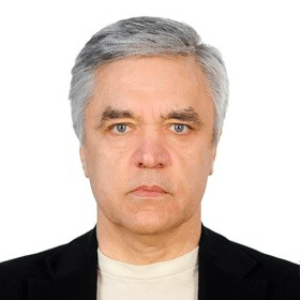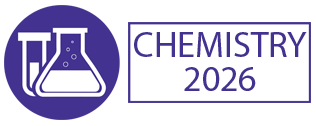Emerging technology on Supramolecular and Surface chemistry
Supramolecular chemistry deals with "ordered entities that come from the association of two or more chemical species held together by intermolecular forces" and is defined as "the chemistry of molecular assemblies and of the intermolecular link." Supramolecular chemistry is the branch of chemistry that studies chemical systems with a finite number of molecules. The forces responsible for the system's spatial organisation can range from mild intermolecular forces, electrostatic charge, or hydrogen bonding to strong covalent bonding, as long as the electronic coupling strength is moderate in comparison to the component's energy parameters. Noncovalent interactions between small molecules are used in supramolecular chemistry to self-assemble molecular structures.
Surface chemistry is the discipline of chemistry that studies chemical reactions and changes that occur at the interface of two phases, such as solid – gas, solid – liquid, liquid – gas, and so on. Surface chemistry has a wide range of applications in analytical work, medicine, and the paint industry, to name a few.
- Biological supramolecular chemistry
- Dynamic combinatorial chemistry
- Metal-ligand assemblies
- Metallocycles and metallocages
- Molecular machines and motors
- Molecular sensors (chemosensors)
- Nanoreactors and nanocarriers
- Semiconductor’s functionalization
- Supramolecular catalysts
- Supramolecular polymers
- Surface reactivity

Hossam A Gabbar
Ontario Tech University, Canada
Victor John Law
University College Dublin, Ireland
Alexander Bagaturyants
National Research Nuclear University MEPhI, Russian Federation
Sergey Suchkov
N.D. Zelinskii Institute for Organic Chemistry of the Russian Academy of Sciences, Russian Federation
Shree Niwas Chaturvedi
Centre for Aptitude Analysis and Talent Search, India
Pieter Samyn
SIRRIS, Belgium




Title : Advances in plasma-based radioactive waste treatment
Hossam A Gabbar, Ontario Tech University, Canada
Title : Unraveling the ultrastructure and functions of the neuronal membrane skeleton using super-resolution fluorescence microscopy
Zhou Ruobo, Djillali Liabes University of Sidi Bel Abbes, Algeria
Title : Solar box cooker dehydration, and relative humidity endpoint detection, of lamiaceae culinary leaves on the island of Crete
Victor John Law, University College Dublin, Ireland
Title : Nutrient and heavy metal loads from the Ribeiras to Coastal zones: A land-ocean continuum perspective in Madeira Island
Aracelis Del Carmen Narayan Rajnauth, University of Porto, Portugal
Title : Prospective polyoxometalate-based covalent organic framework heterogeneous catalysts
Arash Ebrahimi, Comenius University Bratislava, Slovenia
Title : Eliminating implant failure in humans with nano chemistry: 30,000 cases and counting
Thomas J Webster, Brown University, United States